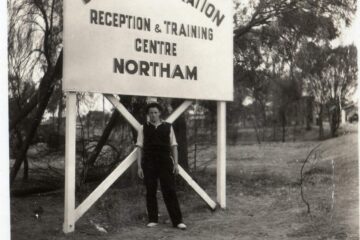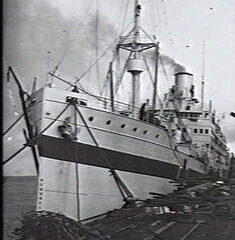This institution was a non-profit organisation established to provide extra finance to people of Dutch descent for home improvements, especially those who related to the Netherlands Co-operative Housing Society (formerly the Netherlands Co-operative Building Societies, whose name was changed in 1981). The affairs of N.E.S.I.S. are managed by the same office as that of the Netherlands Co-operative Housing Society. It is a small finance company and interest rates are available on request.
See also: Netherlands Benevolent Trust Fund


